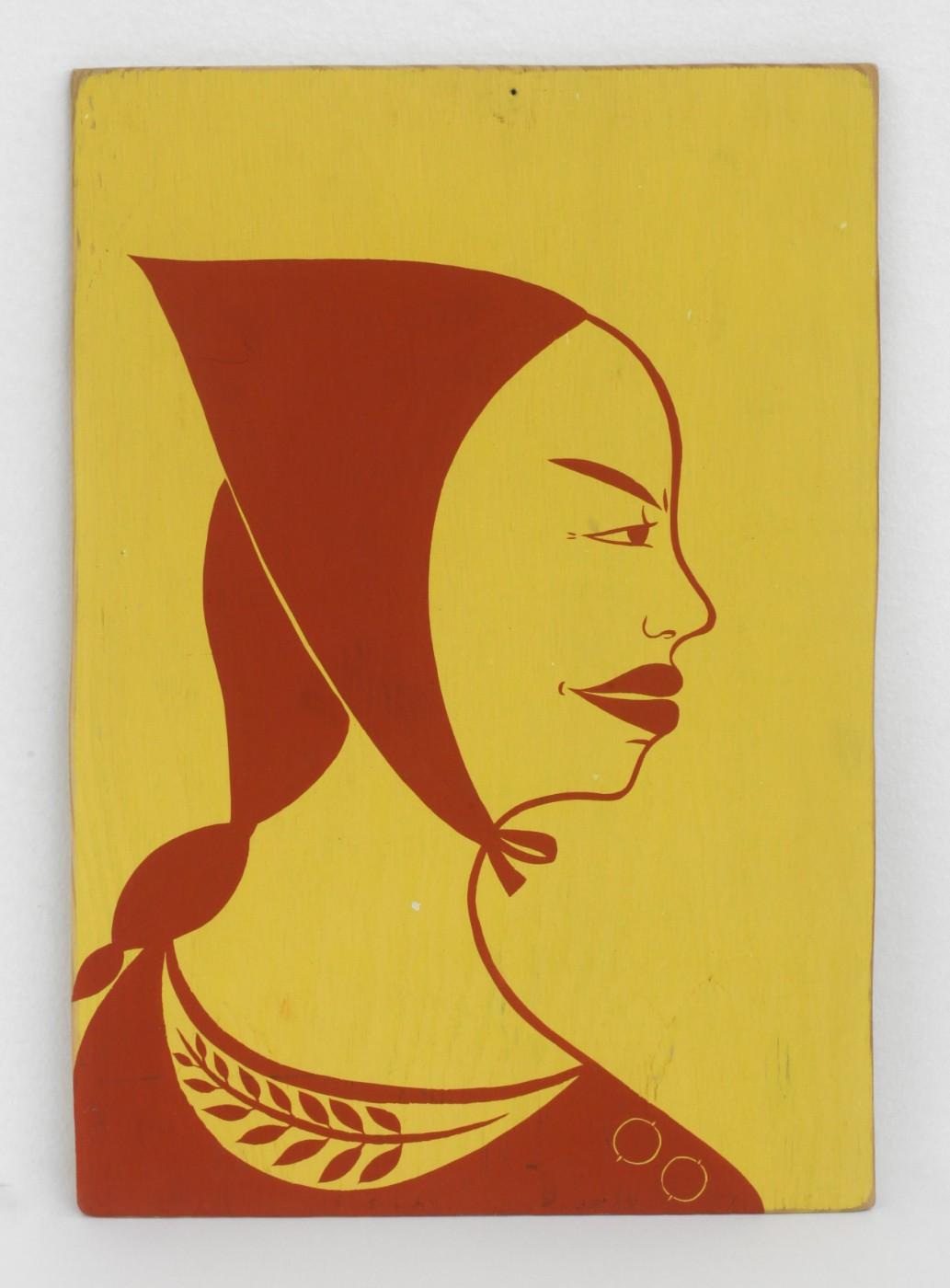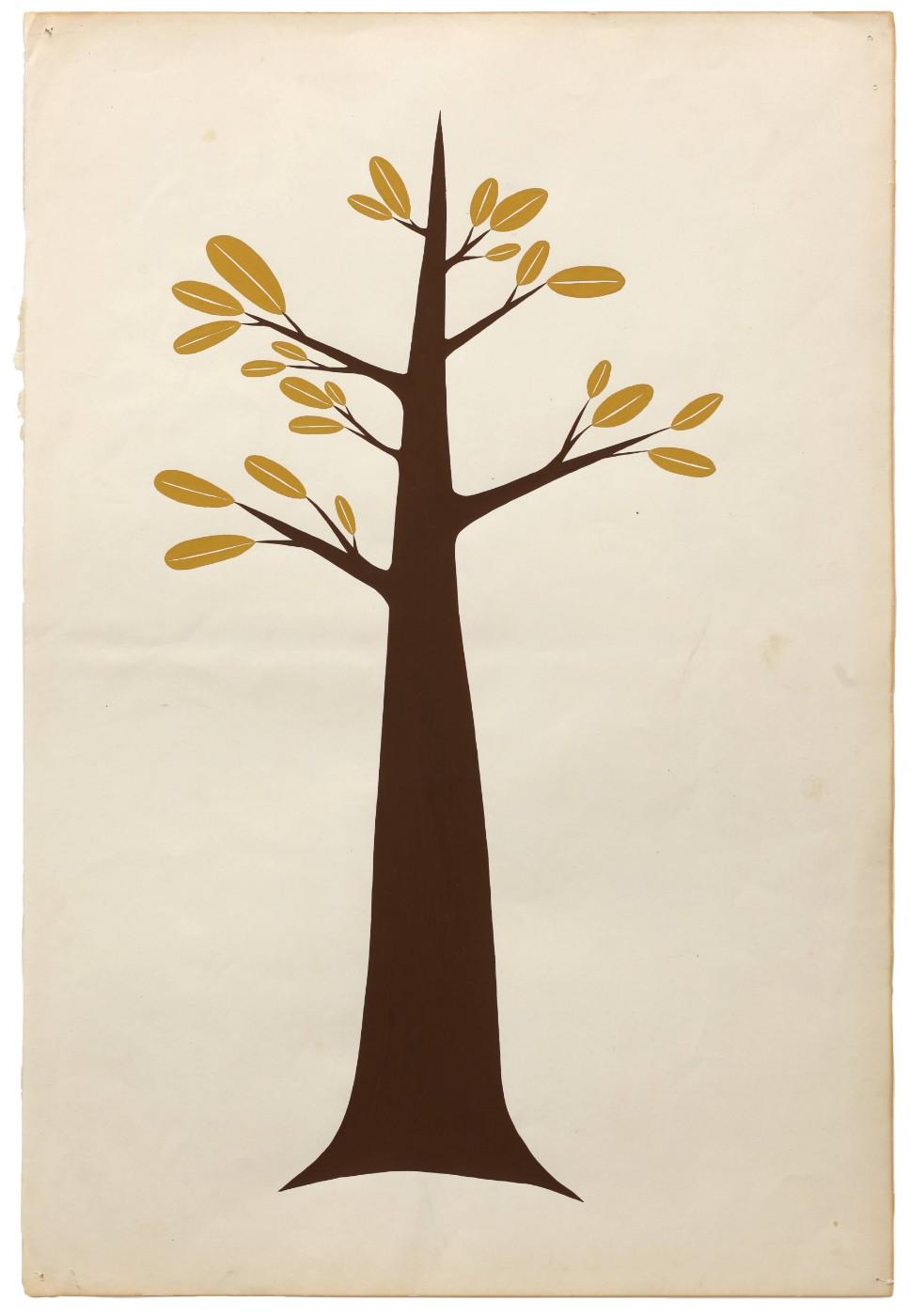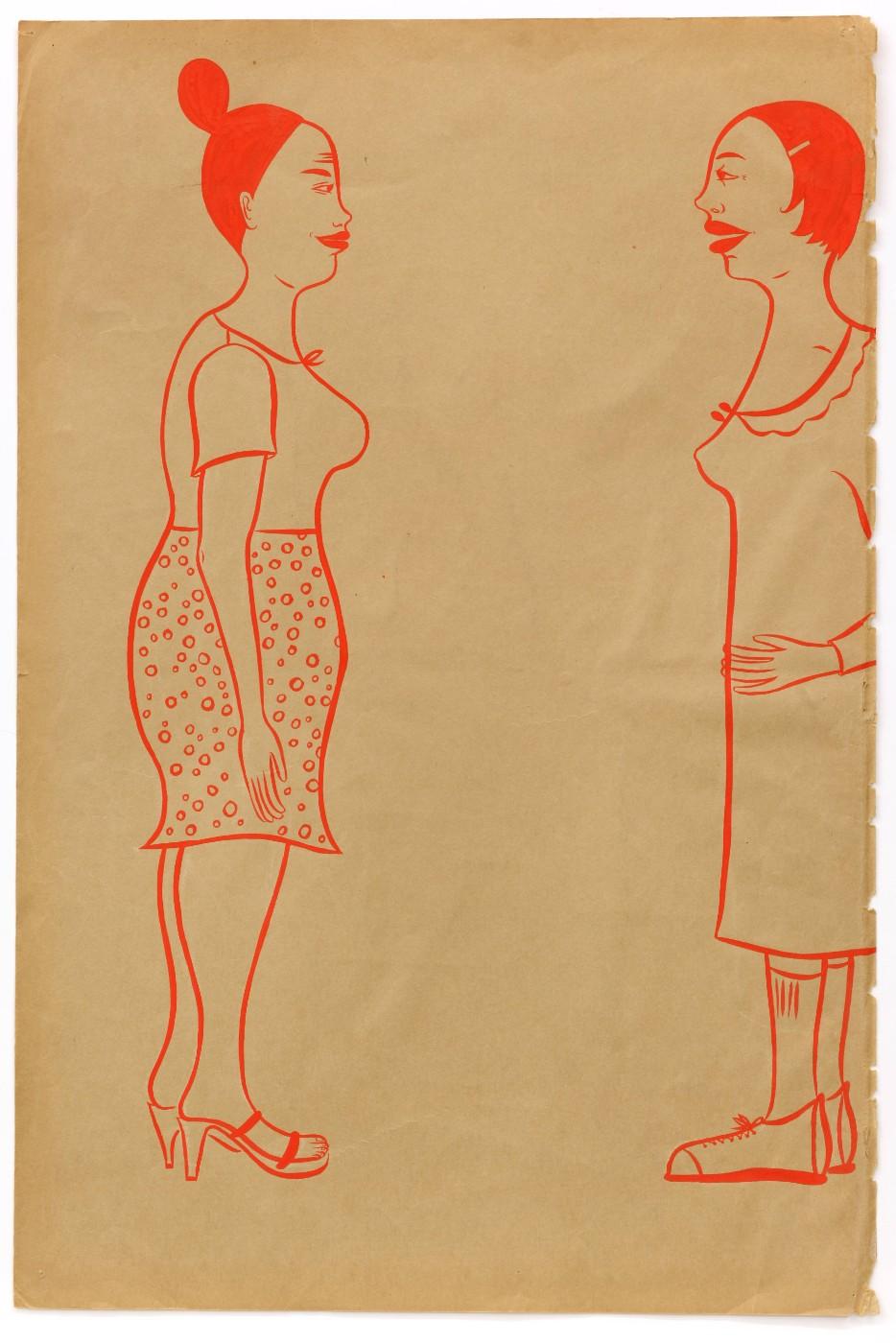Kilgallen (1967–2001) was a prominent figure in the emerging Mission School, an art movement based in San Francisco’s Bay Area in the 1990s and 2000s. Also called New Folk, this lowbrow style of art sampled from graffiti, folk art, sign painting and other vernacular forms of visual culture. Kilgallen’s work is heavily inspired by folk art from around the world, and includes depictions of everyday people, sometimes anonymous women and sometimes her heroines, going about their lives. Kilgallen was at the height of career when she died, and in 2002, her work was chosen for inclusion in the Whitney Biennial. She was also featured, along with her husband, fellow artist Barry McGee, in the documentary, book and touring exhibit, Beautiful Losers: Contemporary Art and Street Culture.

Margaret Kilgallen, Untitled, ca. 2000. Acrylic on canvas.
The folksy charm of Margaret Kilgallen will be on display starting this week in the first posthumous museum exhibition of the Mission School artist’s work, opening Friday at the Aspen Art Museum. that’s where the beauty is. is the largest presentation of her work in over a decade, and showcases the artist’s unique style, as seen in the paintings, prints and graffiti that brought her to prominence just before her untimely death from breast cancer in 2001 at the age of 33.
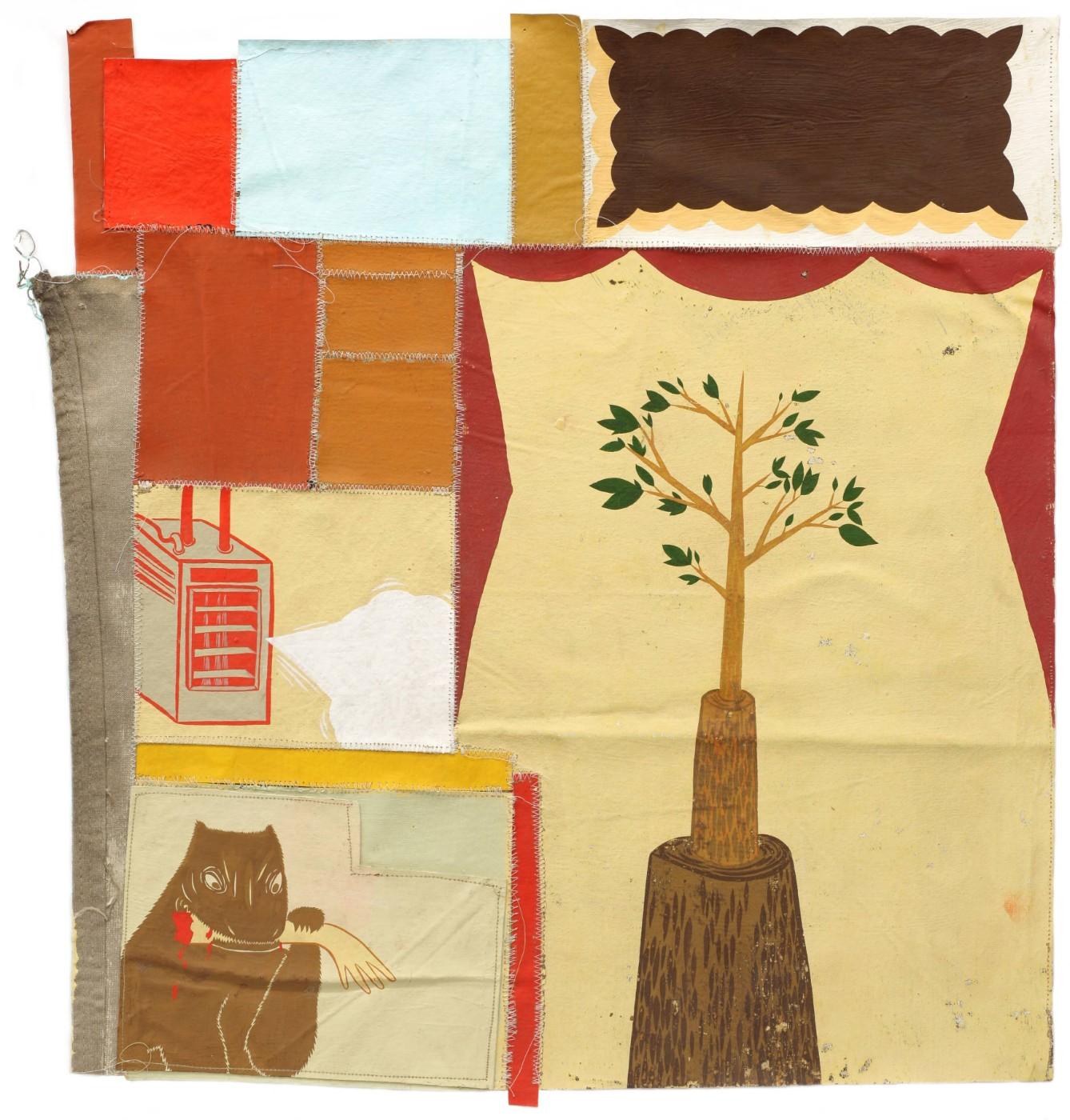
Margaret Kilgallen, Untitled, ca. 2000. Acrylic on canvas.
that’s where the beauty is. shows Kilgallen’s skill at crafting simply rendered intimate moments. Whether they’re portraits or plant life, her ability to reduce complex subject matter to bold, graphic images that retain their delicacy is apparent. Through paint and printmaking, Kilgallen combines a feminist interest in the importance of personal narratives with a street artist’s sense of urgency and eye-catching aesthetic. Kilgallen studied folklore and craft traditions, and was interested in both their handmade quality, and in honoring the often ignored people who made them. Chronicling Kilgallen’s artistic biography, that’s where the beauty is. shows an artist at the peak of her self-expression, using her voice to pay tribute to others.
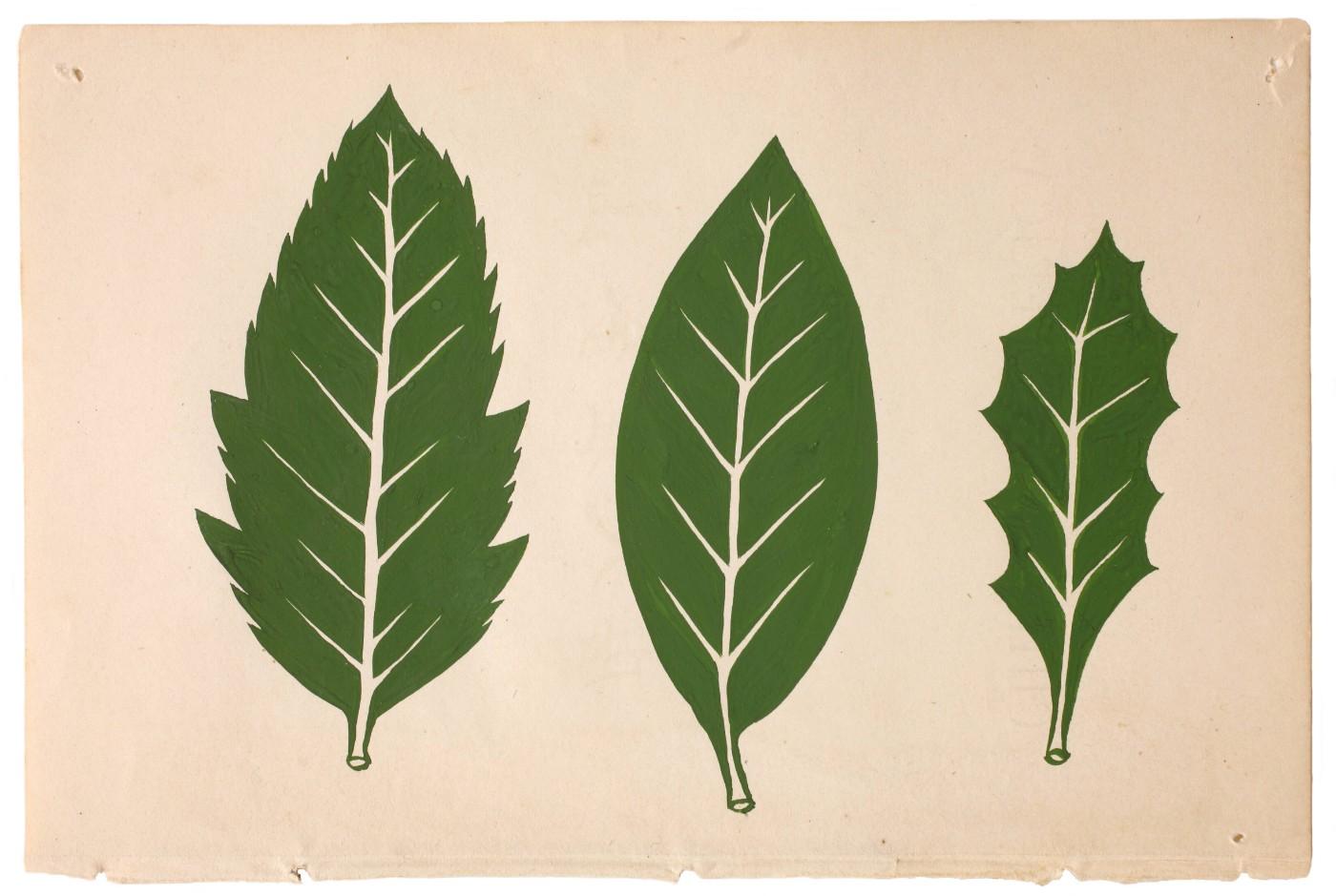
Margaret Kilgallen, Untitled, ca. 2000. Acrylic on paper.
that’s where the beauty is. is on view from January 12 through June 16 at the Aspen Art Museum.

Margaret Kilgallen, Untitled, ca. 2000. Acrylic on paper.




